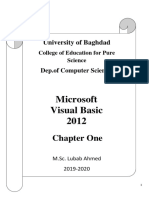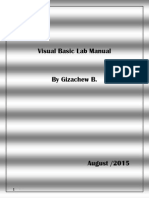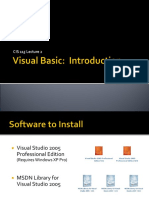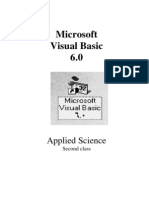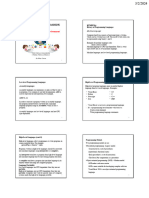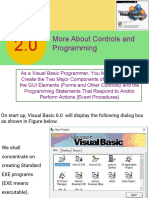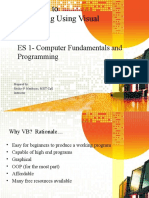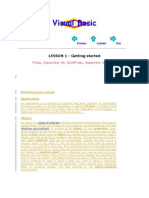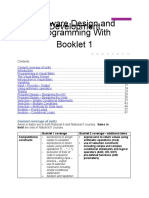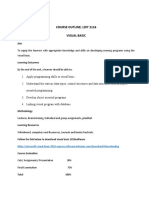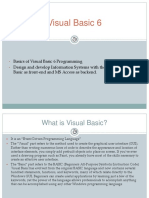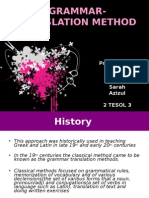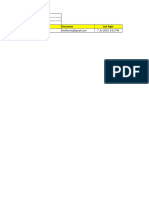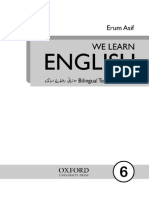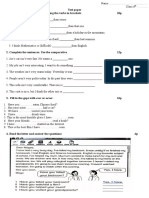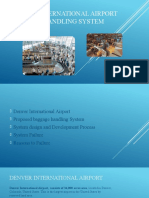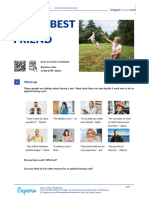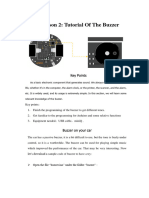0% found this document useful (0 votes)
12 views28 pagesProgramming Languge Lecture 1
This document outlines a lecture on programming fundamentals, focusing on Visual Basic (VB) and the use of Visual Studio 2012 as an Integrated Development Environment (IDE). It covers key concepts such as programming languages, the process of program preparation, and includes a step-by-step guide to creating a simple 'Welcome' application. The lecture concludes with a summary of the topics discussed and the practical application developed during the session.
Uploaded by
Dastan FaruqCopyright
© © All Rights Reserved
We take content rights seriously. If you suspect this is your content, claim it here.
Available Formats
Download as PPTX, PDF, TXT or read online on Scribd
0% found this document useful (0 votes)
12 views28 pagesProgramming Languge Lecture 1
This document outlines a lecture on programming fundamentals, focusing on Visual Basic (VB) and the use of Visual Studio 2012 as an Integrated Development Environment (IDE). It covers key concepts such as programming languages, the process of program preparation, and includes a step-by-step guide to creating a simple 'Welcome' application. The lecture concludes with a summary of the topics discussed and the practical application developed during the session.
Uploaded by
Dastan FaruqCopyright
© © All Rights Reserved
We take content rights seriously. If you suspect this is your content, claim it here.
Available Formats
Download as PPTX, PDF, TXT or read online on Scribd
/ 28



